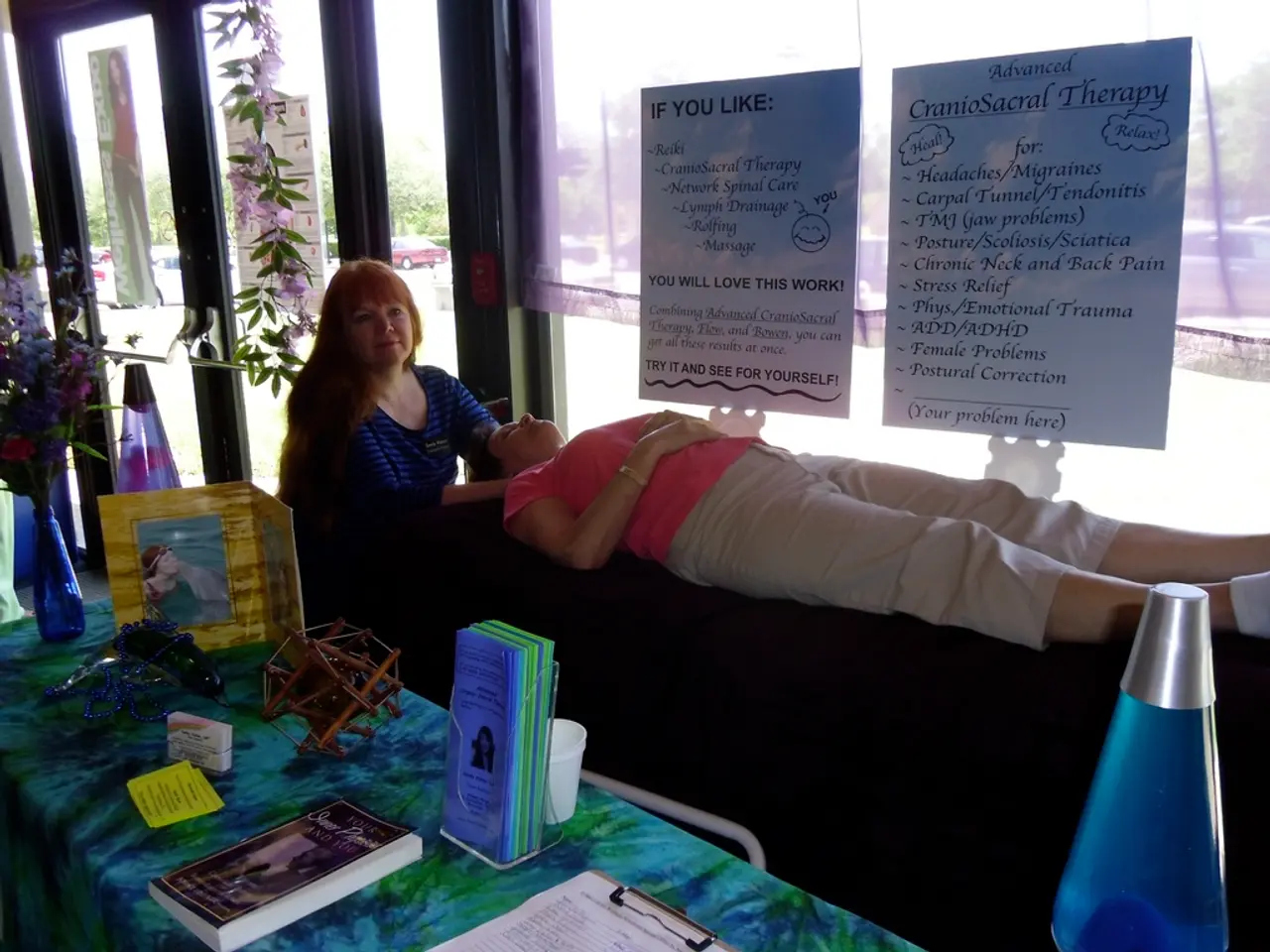Escaping the Repeating Cycle of Childhood Trauma Aftereffects
=========================================================================================
In a world where mental health is increasingly being recognised as a critical aspect of overall well-being, the issue of childhood trauma has come to the forefront. This article explores effective strategies for breaking free from the impact of childhood trauma, shedding light on the path towards healing and resilience.
Recognizing Triggers
Awareness of emotional and situational triggers related to past trauma is crucial. Therapy helps identify these triggers and understand how they affect your nervous system and relationships, enabling better emotional regulation.
Developing Healthy Coping Mechanisms
Techniques such as mindfulness and meditation, exercise, healthy eating, and sufficient sleep can help manage stress and improve emotional regulation. Cognitive Behavioral Therapy (CBT) and Dialectical Behavior Therapy (DBT) teach skills to manage emotions and shift unhelpful thoughts.
Seeking Professional Help
Trauma-informed therapy is key. Evidence-based approaches effective for childhood trauma include Eye Movement Desensitization and Reprocessing (EMDR), Trauma-Focused Cognitive Behavioral Therapy (TF-CBT), Narrative Exposure Therapy, Emotionally Focused Therapy (EFT), and Acceptance and Commitment Therapy (ACT).
Building a Support Network
Joining support groups or involving family members in therapy can reduce isolation and create a safe environment for shared healing. Open communication about trauma within families helps break harmful cycles and strengthens relational bonds.
Fostering Personal Growth and Transformation
Healing involves learning how trauma shaped your nervous system and relationships and creating new pathways. This can be supported through ongoing therapy, personal reflection, and adopting new narratives that empower rather than limit.
Additional Strategies
Early intervention can reduce the risk of future mental illness related to unresolved childhood trauma, emphasising the importance of timely professional support. Self-compassion, establishing boundaries, medication, and the support of friends and family are also crucial components of the healing journey.
Community Resources
Community groups and organisations offer resources such as workshops, counseling, and social events for support. Group therapy and peer support networks can provide fresh coping strategies and a sense of community. Cultivating resilience through practices like gratitude journaling or daily affirmations can shift focus towards hopeful horizons.
In conclusion, recovery from childhood trauma is a comprehensive process combining therapy, self-care, support systems, and personal development to move beyond past pain towards healing and resilience.
- Cultivating mindfulness and journaling practices can serve as additional strategies for fostering personal growth and transformation during the healing journey from childhood trauma.
- Pursuing education-and-self-development opportunities, such as attending workshops or researching mental-health subjects, can complement therapy and enhance one's understanding of mental health and personal growth.
- Holistic approaches to healing from childhood trauma may encompass elements of health-and-wellness, including exercise, healthy eating, and adequate sleep, which can collectively help manage stress and improve mental health.
- Science plays a crucial role in the understanding and treatment of childhood trauma, as evidence-based therapies such as EMDR, TF-CBT, and ACT have been proven effective in addressing the long-lasting impacts of past traumatic experiences.
- Mental health is closely intertwined with personal relationships, and engaging in positive relationships, supported by open communication and the establishment of healthy boundaries, can contribute to the overall healing process and promote mental wellness.




